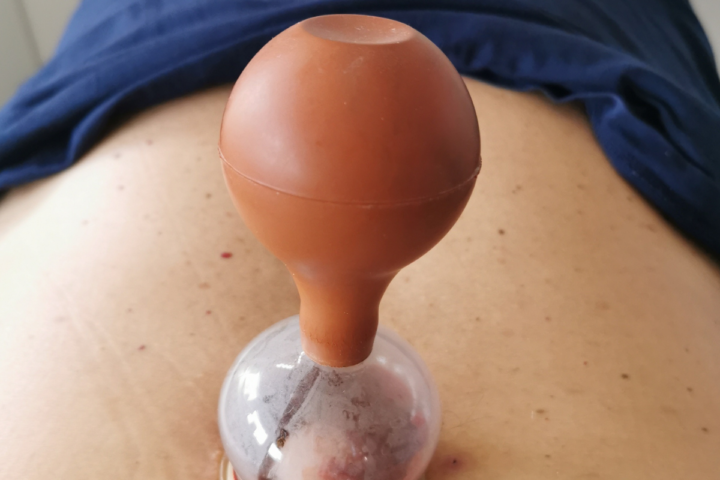Running is a very popular form of physical activity, but it involves risk of injury, which tend to happen when you least expect it. Which running injuries are beginners to the sport most vulnerable to?
Although running has many health-promoting benefits, such as raising the metabolism, burning large amounts of calories and preventing cardiovascular disease, it comes with a risk of injury. Between 18.2% and up to 92.4% of all runners succumb to them, most often those starting to train in the sport. Indeed, according to statistics, one in four beginner runners will experience an injury within a year.
Most common injuries to runners
Among the most common injuries in runners are tendon strain syndromes called tendinopathies. These most commonly occur with the patellar ligament of the Achilles tendon or the tendons of the sciatic and hamstring muscles. The symptom of a tendinopathy is a sharp, stabbing pain in the area of the tendon and often a slight inflammation or swelling.
In contrast, other common injuries include:
Medial tibial overload syndrome
Medial tibial overload syndrome occurs as a result of overload during training and weakness in the muscles of the anterior part of the shin. This injury is located in the antero-medial part of the shin. It manifests itself through severe pain and a specific tension felt in this part of the leg.
Fatigue fractures of the tibia
They manifest as pain similar to that of a tibial overload injury. They are not associated with sudden trauma. They occur gradually, due to small but often repeated micro-injuries to the bones, as a result of prolonged and strenuous exercise. They can be a signal that the training being carried out is incorrect.
Knee pain
Knee pain can be caused by damage or excessive tension in the patellofemoral band. It affects the patella and generates friction in the knee joint and, over time, can lead to damage to the knee joint.
Foot injury
A common problem for runners is plantar fasciitis. It manifests itself as pain in the midsole or heel bump area. This injury is particularly common in people with a flat or flat-soled foot. It can be caused by poor running technique, overloading of the calf or Achilles tendon, as well as inappropriate running shoes and excessive strain during training.
Ankle sprain or dislocation
Ankle sprain causes damage to the ligamentous apparatus in that area. An ankle sprain, on the other hand, is associated with displacement of the bones present in the ankle joint area. The result of the injury is pain and swelling.
Achilles tendonitis
This type of injury manifests itself as pain in the heel or Achilles tendon area. There may also be swelling, cracking, and thickening or nodules along the course of the tendon. The Achilles tendon is mainly suffered by runners with feet of the type pronator, i.e. excessive inward bending during movement from heel to toe, and women.
Tennis elbow
This injury also occurs in runners and is caused by a sudden stretch of the muscle. It involves partial damage to the gastrocnemius muscle. Sometimes the soleus muscle may also be injured in combination.
The characteristic symptom is a sharp, sudden pain at the back of the knee, sometimes accompanied by an audible 'snap', or swelling of the calf.
Runners' injuries - how to prevent them?
The majority of runners' injuries consist of overload injuries. This is why it is a good idea to take care of long enough breaks between workouts so that ligaments and muscles have enough time to recover. Beginners should pay attention to a gradual gradation of loads, remember to warm up before and stretch after running, and carry out general fitness training in addition to running training. This is because one of the most common causes of injury in runners is a lack of strength. Therefore, the muscles of the calves, feet, buttocks and those covering the fascia muscles should be strengthened.
A proper diet is equally important. So you need to eat foods rich in protein and vitamins and micronutrients. It is also important to remember to hydrate adequately during and after training. Isotonic drinks are best for this purpose.





